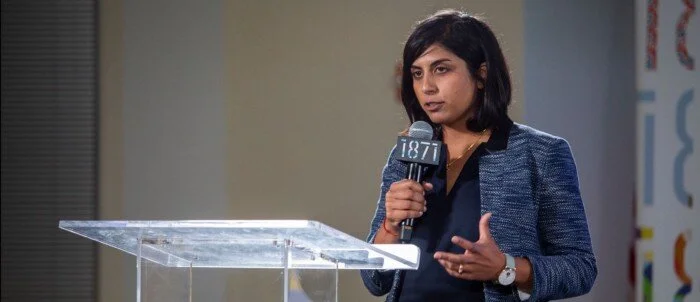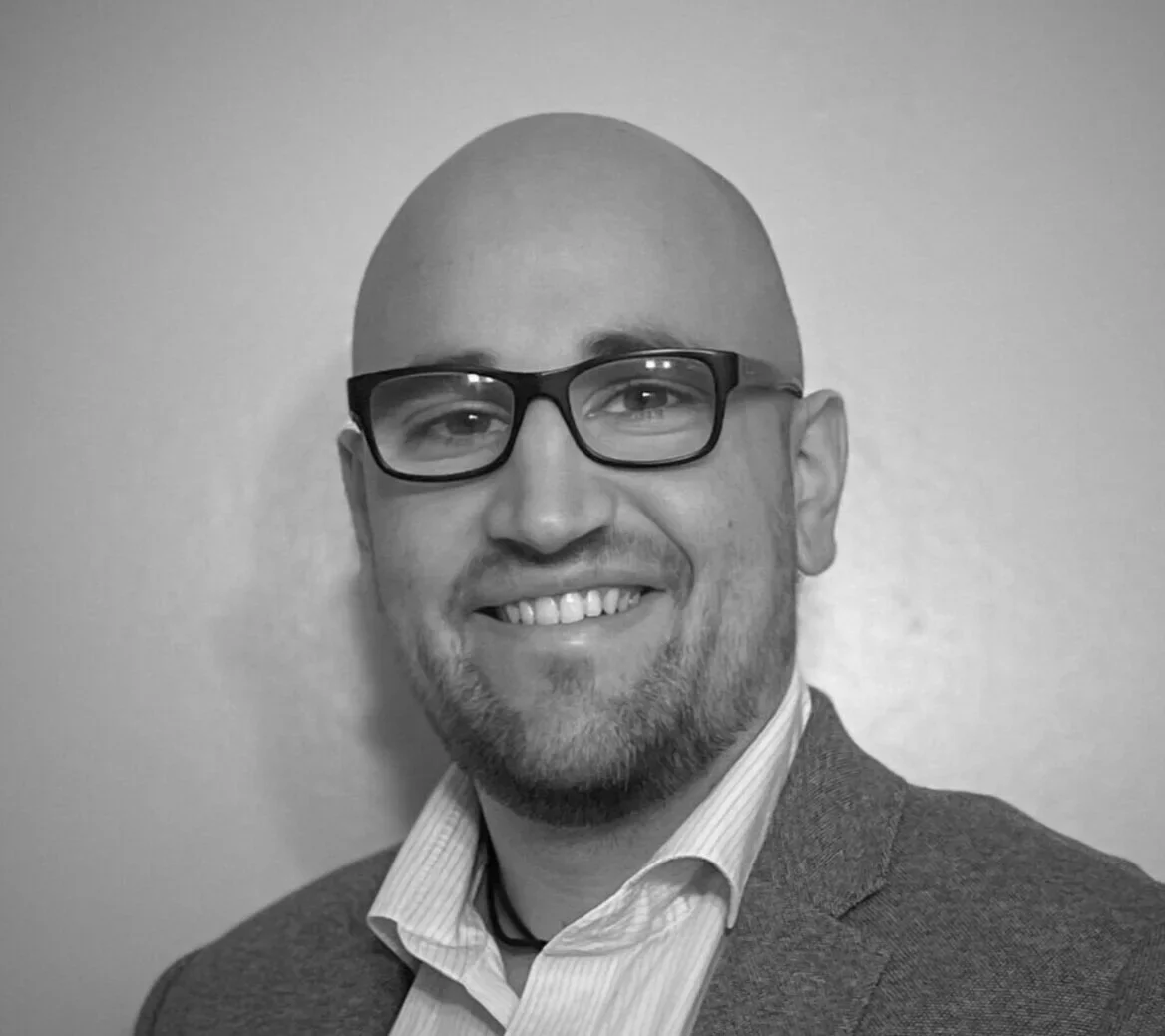Optimism is one of our core values at Impact Engine. And this time of year we're especially mindful of the things we're grateful for.
As 2025 comes to a close, we are sharing a list of small things that give us hope, and support you to find your own.
Jessica Droste Yagan, Partner & Chief Executive: Desmond Tutu said, “Hope is being able to see that there is light despite all of the darkness.” I find hope and optimism by intentionally seeking light, whether it's skimming through the Good Good Good daily newsletter, training my streaming services to feed me a steady diet of inspiring sports movies (most recently Hoosiers) or choosing articles and books with positive visions for the future (most recently Abundance) instead of litanies of what’s wrong or going to go wrong. I don’t put my head in the sand. I know there are very real challenges and fears that have to be addressed, and I’m trying to do my part. But I find that I’m more able to work on a path forward when I'm not stuck in the darkness.
Ander Iruretagoyena, Vice President: A thing that gives me a tremendous sense of hope and optimism is the impending arrival of the 2026 FIFA World Cup. As a lifelong fan, my enthusiasm first lies with the sport itself—and, of course, the unshakable conviction that this is finally the year that my beloved Mexico will break its infamous streak and reach “el quinto partido." However, beyond the excitement on the pitch, I am most hopeful about the event's profound power to unify. Hosted across three nations—the U.S., Mexico, and Canada—the World Cup is more than a tournament; it’s a shared global phenomenon. We are living in times where division often feels amplified, but this event offers a spectacular, peaceful stage where billions of people can set aside political or cultural differences. For a month, we will be bound together by a collective passion and celebrating a universal language. This is a rare and vital act of global cohesion. It’s a powerful reminder that we share a world, a planet, and a love for the beautiful game; let's hope it ignites a world of greater international cooperation.
Roger Liew, Partner: I have gratitude for the Chicago Bears providing many fourth quarter comebacks in the last 7 weeks. It’s fun to see a team never give up and I’m sure it has put a spring in people’s steps commuting to work on Mondays in Chicago. The Scott Kelly Jonas Brothers resume story is also funny and cute. Even better was his response when asked by his business school, “Has anything about the public reaction surprised or amused you—either online or in person?” His response: “The relentless positivity has been wonderful and inexplicable. In 2025, it seems nothing is both that popular and that positive on the internet. I have been receiving well wishes and messages of support nonstop since I was first identified by the TikTok community as the “real” Scott Kelly on Tuesday, and I am thrilled that so many have taken this as an opportunity to tell jokes and get their daily dose of feel-good.”
Demetrius Palmer, Analyst: Abraham Lincoln — “I am a slow walker, but I never walk back.”
This quote reminds me to be grateful for steady progress. Learning, growing, and achieving goals all take time, but what matters most is refusing to retreat or give up.
Priya Parrish, Partner & Chief Investment Officer: One of my favorite poets, Rabindranath Tagore, once wrote "The one who plants trees, knowing that he will never sit in their shade, has at least started to understand the meaning of life." While I honestly have little optimism, I am also not fearful nor resigned. Much like a natural disaster cannot be stopped and one must be both resilient through the tough times and steadfastly rebuild afterwards, I believe we are in the midst of a societal disaster. I do not act to yield immediate results, but with the intention that my actions today might bear fruit after my own time has passed and contribute to something far greater than we can imagine.
Leslie Polster, Senior Analyst, Finance & Operations: I recently learned that when looked at through lens of numerology and Chinese Zodiac, the transition from 2025 to 2026 represents a powerful movement from closure to a new beginning:
Numerology:
2025 (Universal Year 9) represents completion, closing a chapter, and letting go of what no longer serves us.
2026 (Universal Year 1) symbolizes a new beginning and action. The start of a brand-new cycle, symbolizing fresh starts.
Chinese Zodiac:
2025 (Wood Snake) represents wisdom and growth, and a time for transformation and intuitive planning, laying the foundation for the future.
2026 (Fire Horse) represents strength, freedom, and perseverance, symbolizing a year of pursuing goals and taking action.
I find hope in the meaning behind the Fire Horse and Universal Year 1 because I think they represent that things can change for the better, and that we can work together to be powerful and make meaningful change for both ourselves and the world we live in.
Tasha Seitz, Partner: What makes me optimistic is the way that the community in Chicago has come together to support each other in the face of the Operation Midway Blitz and the lapse of SNAP benefits during the government shutdown.
Neighbors have stepped up to support neighbors and protect vulnerable community members, and I hope the momentum and engagement will continue with the challenges we face ahead!
Maggie Stohler, Senior Associate: I've always appreciated the quote from Mother Teresa, "Not all of us can do great things, but we can do small things with great love.” I was particularly moved by a recent act of the Franciscan Sisters of Perpetual Adoration (FSPA), a women's religious congregation in La Crosse, Wisconsin that I used to work with during my time at the Catholic Impact Investing Collaborative. Last month, FSPA formally transferred a two-acre lakefront property that the sisters had owned since 1966 to the Lac Du Flambeau Band of Lake Superior Chippewa, a part of the Ojibwe Nation, and the original caretakers of the land. It is the first such transfer of land from Catholic sisters to a tribe in the country. Sr. Sue Ernster, FSPA president, sees the returning of land as a way to atone for the past. “This is what we can do to really live our values. One of the Franciscan hallmarks is to be in right relationship with all of creation, all people. And so this is another opportunity to live into that.” I was very moved by FSPA's actions and am hopeful that we can all find small things to do with great love in our own lives.
Cara Wood, Vice President of Finance and Operations: This year I am grateful for pottery. Taking on this new hobby has provided joy, stillness and new friendships with people of all ages and types. It has been so enriching to exercise the muscle of trying something new, being bad (but getting better!) and embracing the messiness of art in contrast to the structure and accuracy needed in my work.
















